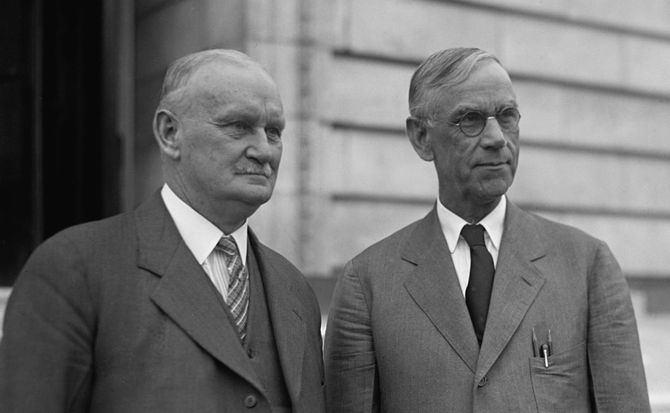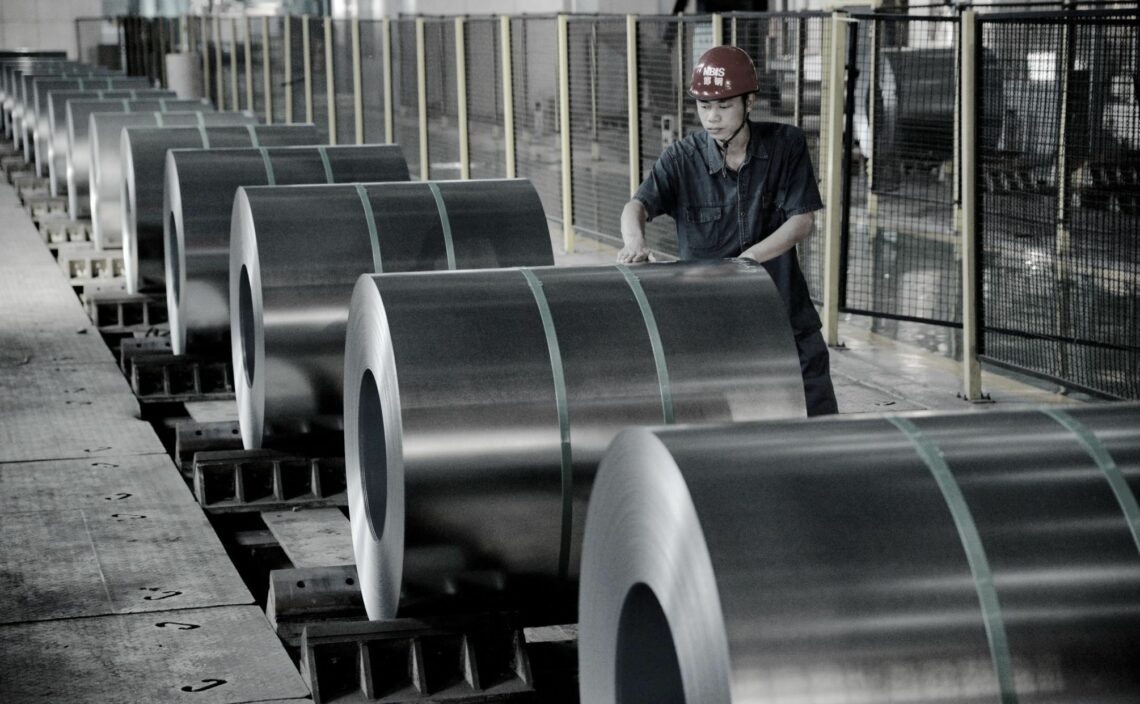Trade wars are bad, and nobody wins them
United States President Donald Trump insists that trade wars are “good” and “easy to win,” but history tells otherwise. His plan to slap tariffs on steel and aluminum imports will hurt U.S. producers and will likely cost far more jobs than they protect.

In a nutshell
- Tariffs amount to economic ‘self-flagellation’
- Retaliatory measures could hurt global growth and raise tensions
- Donald Trump’s trade wars would upset the global ‘division of labor’
In May 1930, 1,028 American economists signed a petition against the Smoot-Hawley bill, legislation to impose tariffs that were supposed to protect American producers’ interests. The economists hoped President Herbert Hoover (1929-1933) would veto the bill because they could see it would hurt the United States and trigger a vicious cycle of retaliation, eventually ruining international relations. To their disappointment, the president signed the bill the next month.
While the Smoot-Hawley tariff did not directly cause the Great Depression, it certainly triggered a series of reprisals, further fragmenting the world market and thus contributing to the rise of economic nationalism in the 1930s – a major cause of World War II. The lesson is that trade wars and military wars are often connected.
Eighty-eight years later, another U.S. president has made a big mistake along the same lines. Donald Trump slapped tariffs of 25 percent on steel imports and 10 percent on aluminum imports. The assumption is that they will reduce American producers’ dependence on foreign supply and foster U.S. metal production.
‘National interest’
To justify the move, President Trump has used rising tensions with China to claim the tariffs are needed to protect national security. However, the U.S. military consumes only a tiny fraction of steel and aluminum supply, and the U.S. does not depend heavily on China for either metal. In fact, the biggest steel and aluminum exporter to the U.S. by far is Canada, an ally. The European Union, another ally, is also a big source of steel for the U.S. market. Moreover, the Trump administration is depending on China to help it solve the crisis with North Korea, so now is probably not the best time to increase tensions with Beijing.
It seems President Trump’s decision, then, may be the result of some good lobbying from the steel and aluminum industries. One (in)famous irony during Mr. Trump’s campaign was that supporters would often buy “Make America Great Again” baseball caps that were made in China. Today, the irony lies in the conflict between Mr. Trump’s pledge to “drain the swamp” by getting rid of lobbyists in Washington on one hand and this protectionist policy, apparently tailor-made for and by lobbies, on the other. Mr. Trump’s record on deregulation is worthy of praise, but dressing up special interests as “national interests” is an old trick.
To a large extent, a given country’s exports are actually made of its imports.
Protectionism is a losing proposition because it amounts to “economic self-flagellation,” as some have called it. The simplistic mindset in which “exports are good, imports are bad” is wrong. To a large extent, a given country’s exports are actually made of its imports. Making it costlier for domestic producers to use aluminum and steel is not a good idea – especially in today’s market, with steel prices rocketing.
The jobs Mr. Trump claims he will protect in the steel and aluminum industries will be more than offset by job losses in sectors downstream (like auto manufacturing), which employ a far greater number of people: the ratio is about 80 to 1.

President George W. Bush (2001-2009) tried the same protectionist policy for steel in 2002; it did not go well. Some estimate 200,000 jobs were lost, even after steel-consuming companies lobbied hard for policies to soften the blow of the tariffs.
Dangerous effects
Mr. Trump tweeted that “trade wars are good” and “easy to win.” That is a very optimistic point of view. Just like in the 1930s, the threats of retaliation have been swift to come. The EU reacted with a list of U.S. imports it could hit with higher tariffs, from products made of steel to agricultural goods.
Furthermore, the use of “national security” as a protectionist excuse for imposing tariffs will no doubt become increasingly common within the World Trade Organization. As EU Trade Commissioner Cecilia Malmstrom warned, “We risk seeing a dangerous domino effect,” from Mr. Trump’s trade war.
Dangerous indeed. There is a close connection between global trade and growth. As Adam Smith noted two and half centuries ago in a book aimed at the mercantilist policies fashionable at the time, “the division of labor is limited by the extent of the market.” Division of labor – specialization – is the source of productivity gains (and therefore growth), and it operates among firms across the economy, domestically and internationally.
So, the bigger the market, the “deeper” the division of labor. Globalization today really encapsulates this Smithian trait, with its advanced fragmentation of value chains across the planet according to patterns of specialization. Disrupting it could have huge consequences for the global economy – and for peace.







